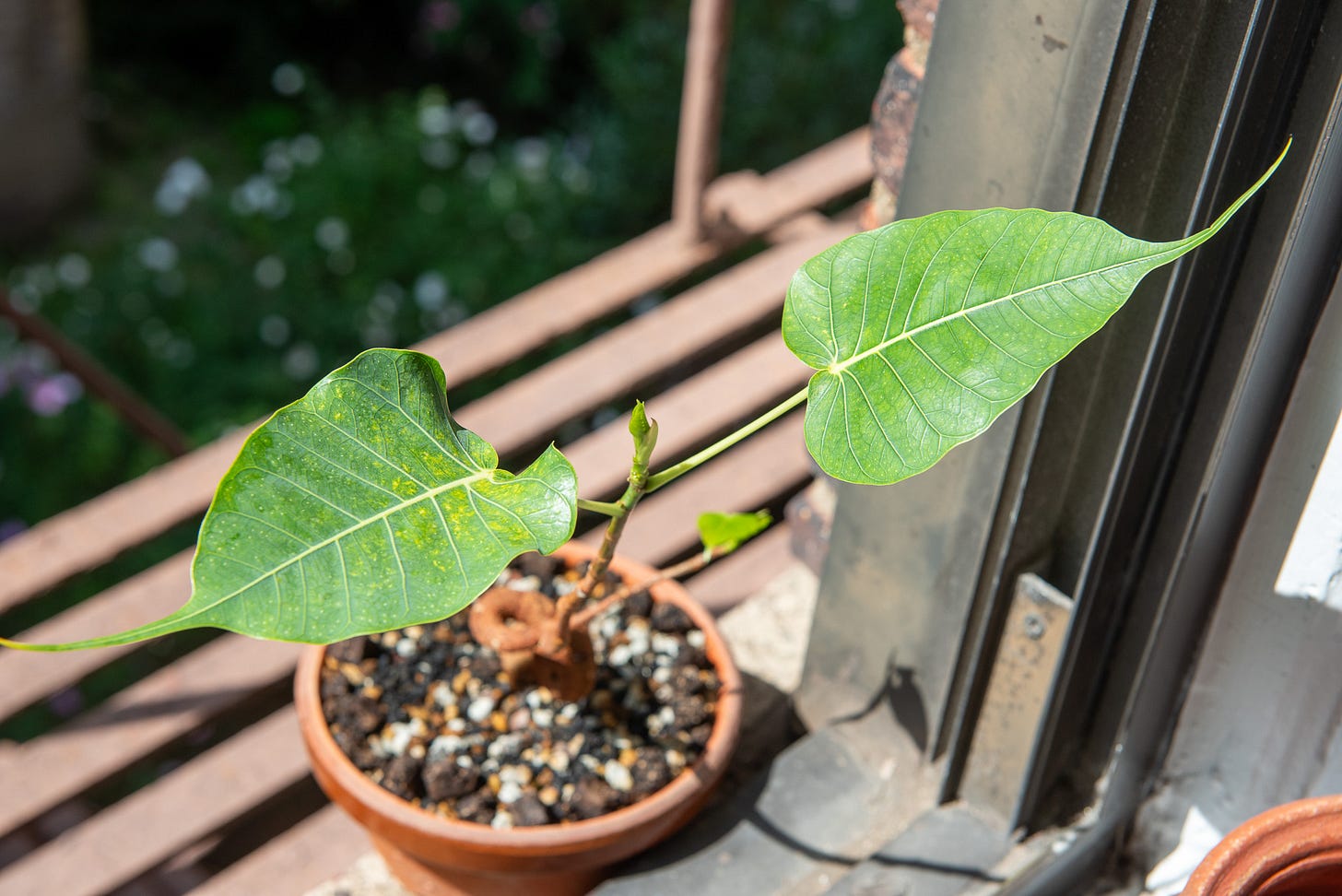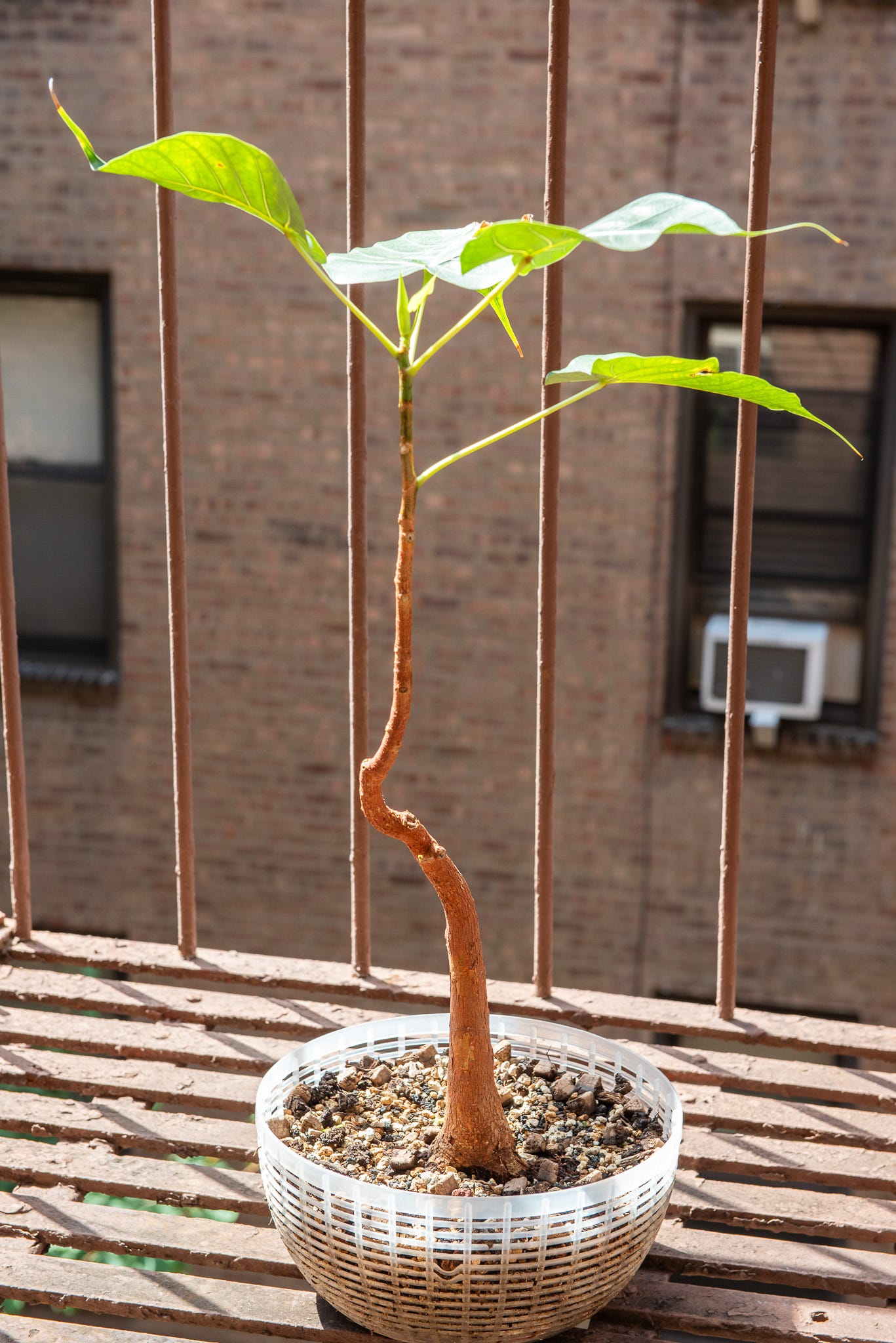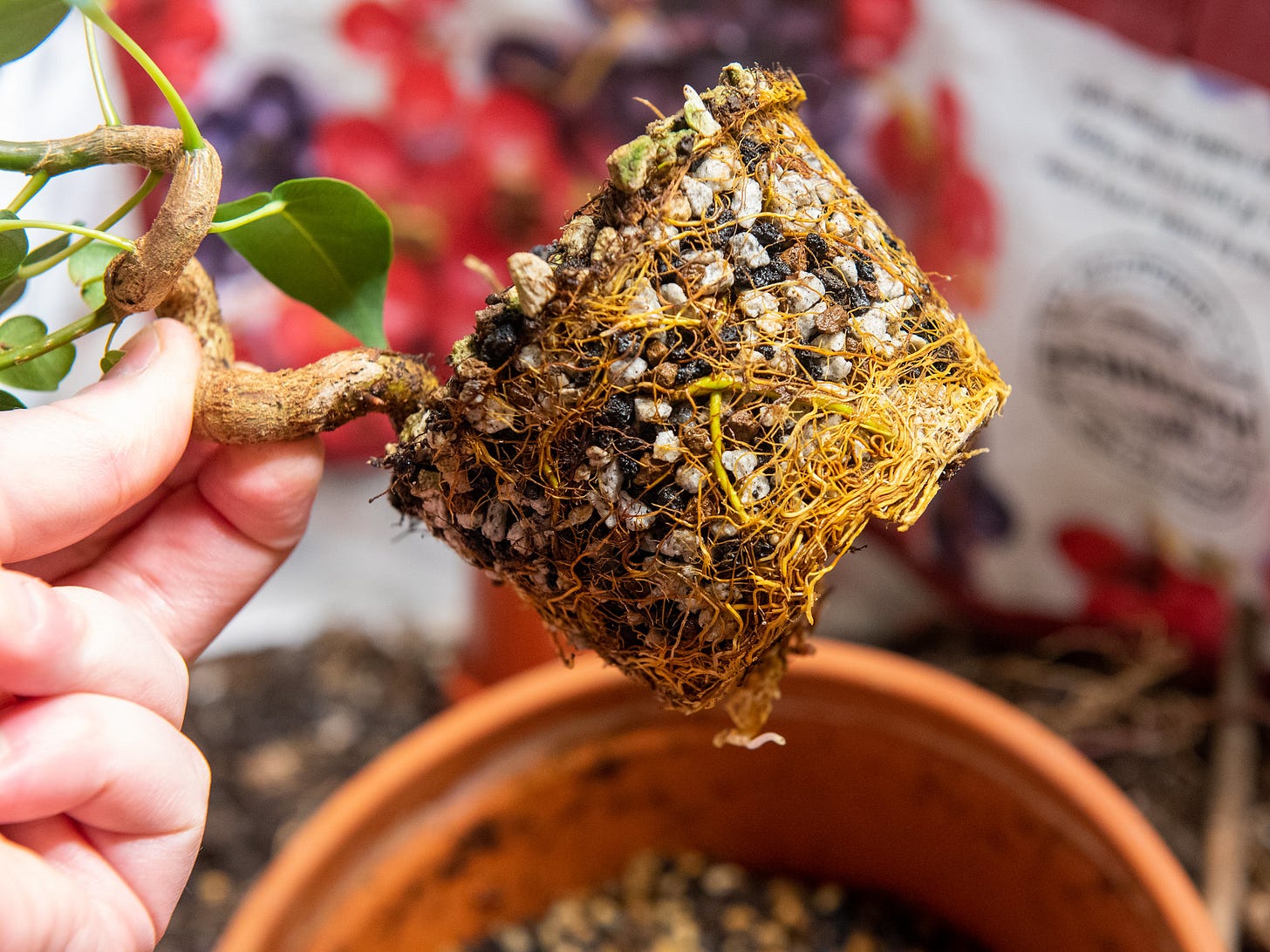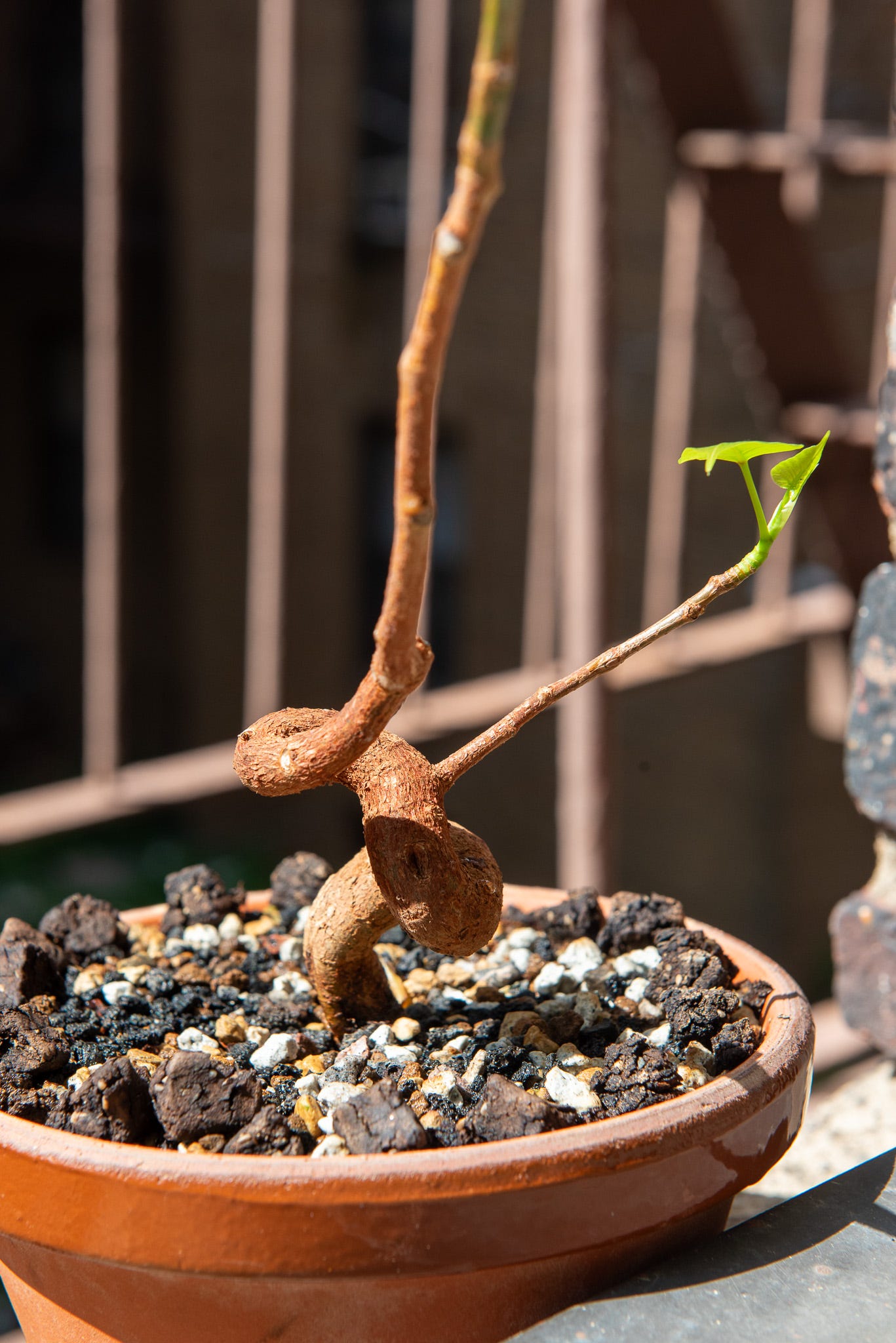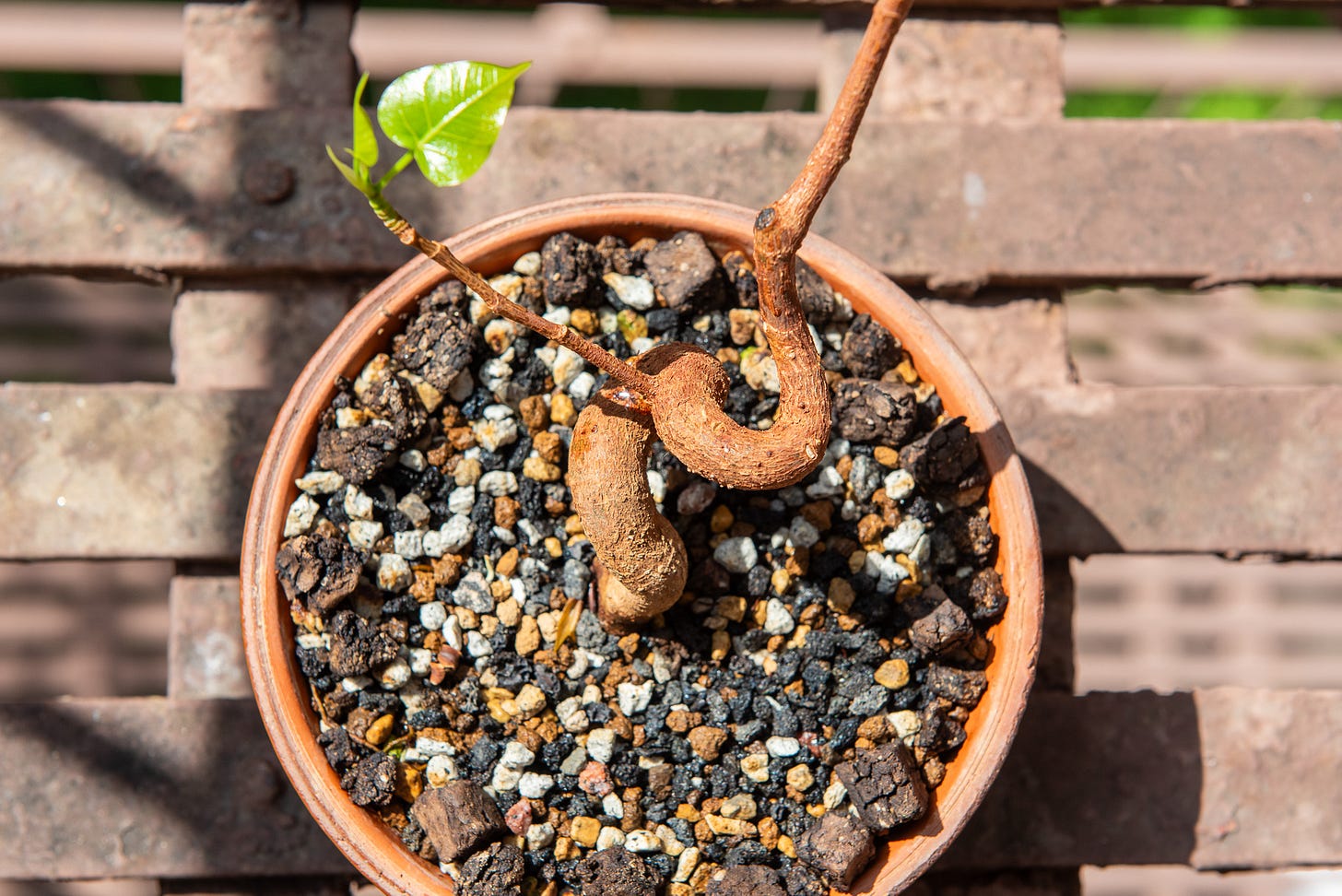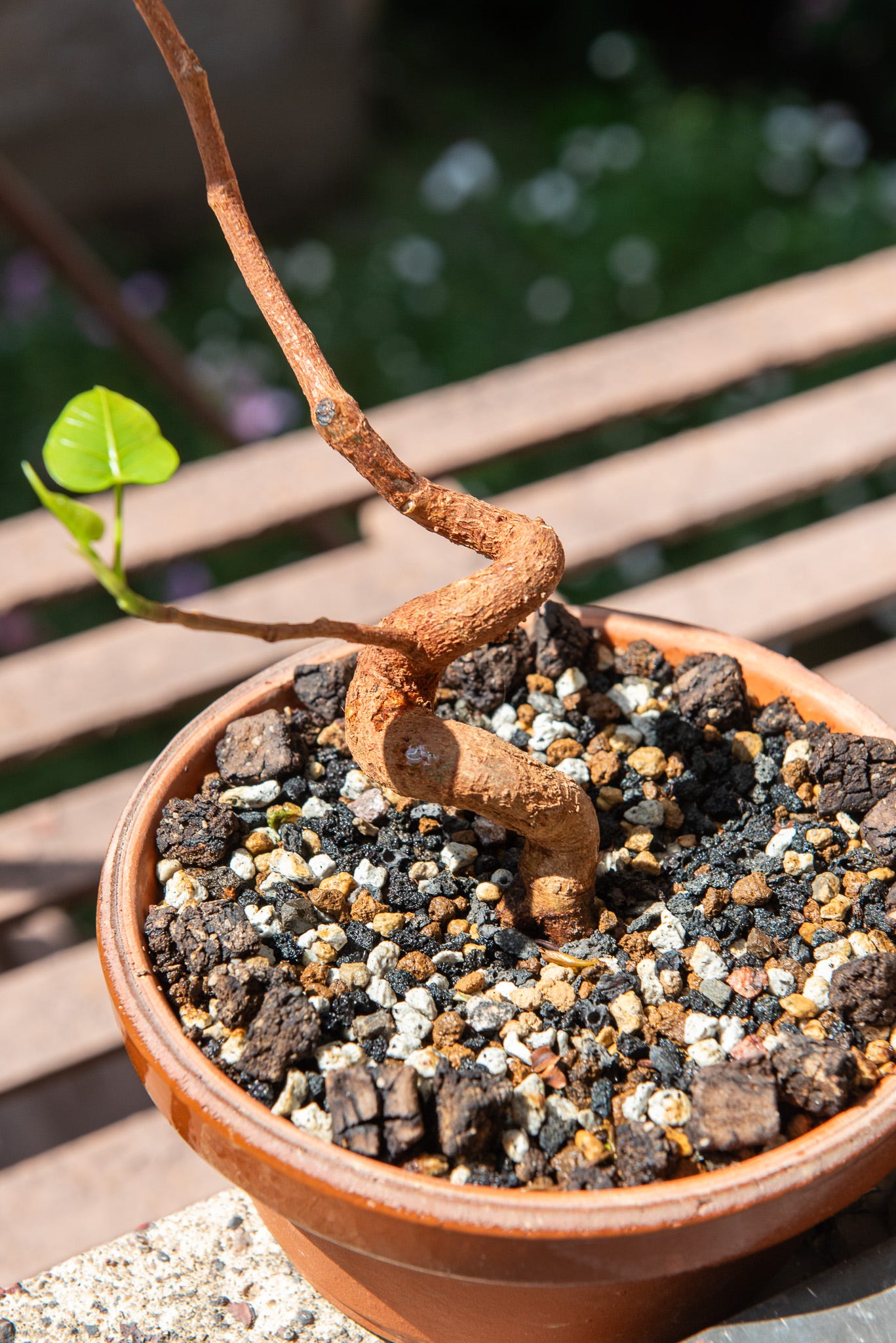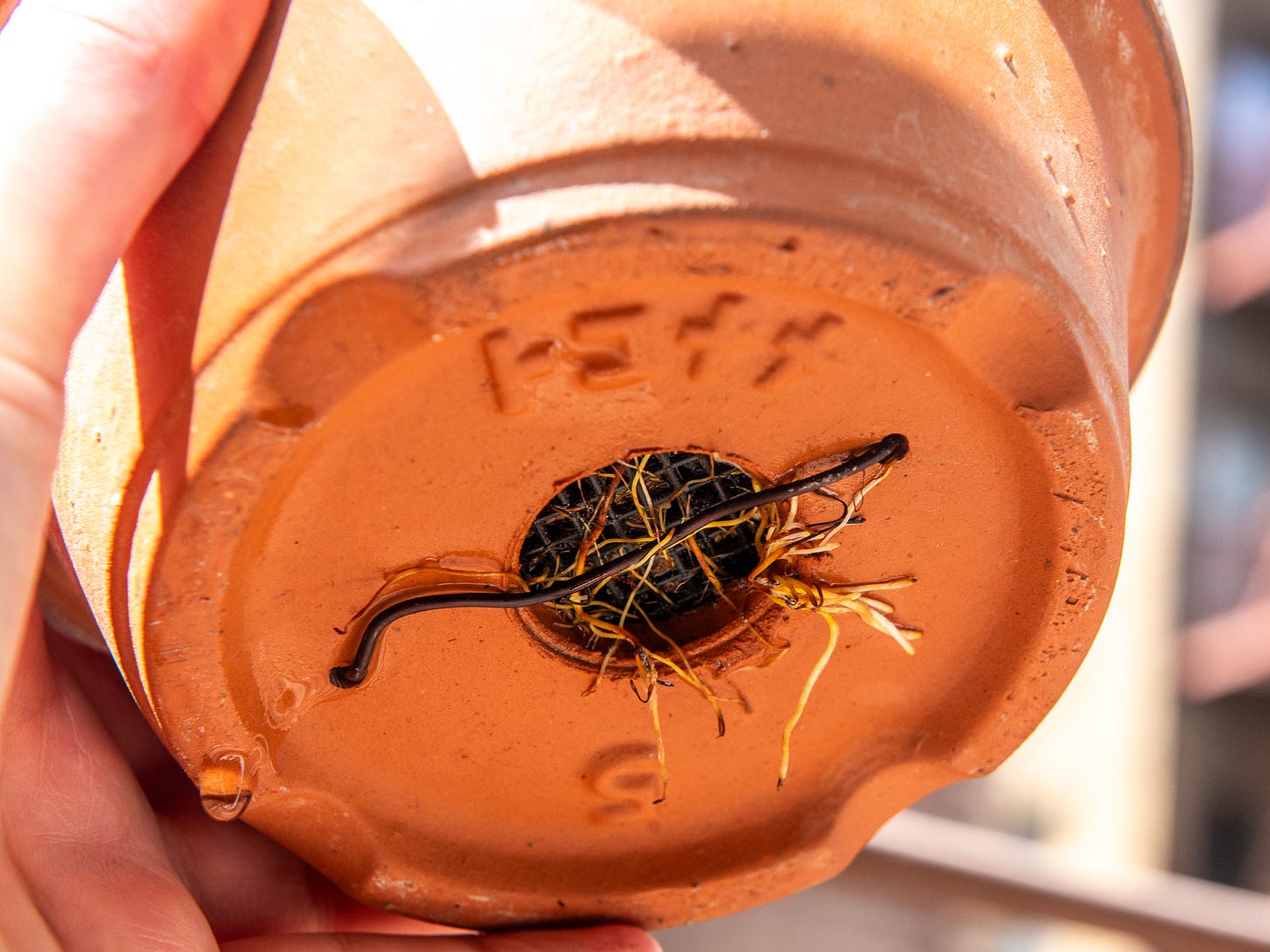The bonsai sensorium
How plants experience the world and make decisions.
How many senses do humans have? Five, right? But we can also sense heat, even if we’re not touching its source. Scientists call the sense thermoception. When you pick your nose without looking, how does your finger know where to go? That ability is called proprioception: an awareness of our body parts and their spatial relationships to each other. There’s a special sense for awareness of our innards, like a grumbling stomach. That’s interoception. Researchers haven’t found definitive evidence for the universal experience of sensing when someone’s watching us, but considering all the other senses we use to navigate the world, that “sixth” sense may be more like our twelfth or thirteenth.
Plants have senses, too. They don’t have a nervous system, but they have all kinds of mechanisms for experiencing and interacting with the world. Plants can sense light, gravity, heat, and humidity, and even plan for bad weather accordingly. They can exchange chemical signals with other plants through their roots and spread hormones through the air. They even have circadian rhythms, and methods for detecting disease and harmful microbes in the soil. We often think of plants as mindless solar batteries that suck in photons and spit out fruit, but they’ve adapted incredible ways to make sense of the world around them.
Something surprising happened in my tropical room this week that’s had me curious about plant sensation. Both of my sacred figs awoke from long dormant periods within a day of each other. I transplanted this large one into a colander some time in spring, I think. It hasn’t popped a leaf since, and it managed to drop a few older ones.
My smaller sacred fig is a root sucker of the larger tree. When we last talked about it in May, its roots had filled out the small red pot.
I transplanted it to a larger nursery pot, and when its roots filled that one, I pruned the thick ones and moved it into an even larger bonsai training pot.
It’s grown in girth since that transplant a couple months ago, but hasn’t unfurled a new leaf until this week. Just when its parent tree came out of hibernation.
So what was the trigger? One tree is a clone of the other; they’re genetically identical, so it could be some innate instruction from their DNA. They share a microclimate, too, so maybe it was something in the air—a few percentage points of humidity, perhaps. Still, the trees are planted in different soils with different size rootballs. They haven’t acted in sync like this before. Spooky!
The simplest explanation is that in response to aggressive repots, the trees focused on growing roots beneath the soil at the expense of foliage development. It could be that they needed to feel sufficiently anchored to their new soil before they felt ready to produce new leaves. I know some of this is controlled by hormone balances between the branch tips and roots, but it’s more complicated than that. Whatever was going on with these trees’ sensory experiences, this week was the time to move.
I often wonder about the proximate triggers that get us to finally get up and do something. I’m a mull-it-over-forever kind of person, and after weeks or months of chewing on a question, my decisions tend to be decisive. I knew I needed a new mattress a year before I pulled the trigger. I’d feel it in my back every day, and every night I told myself I’d get to it next week. Then one morning, I sat up in bed and knew that it was time to get a new mattress and bedframe. I made my purchases by noon and had a new bed by the end of the week.
What part of me knew it was time? It certainly wasn’t a conscious decision. Was it a twinge of pain from my lower back that set off some neural action potential? A half remembered conversation that morphed into a dream? Some greater awareness of myself and my orientation in space? Your guess is as good as mine.
My depression has worked the same way at times. One day it arrives, all at once, without reason or provocation, then I wake up another morning to discover it sloughed off during the night. Other people that I talk to about mental health have reported similar experiences. It’s not like our issues resolved themselves overnight, yet here we are.
In A Christmas Carol, one of the ghosts haunting skeptical old Scrooge asks why he doesn’t believe what his senses are telling him: that there’s a ghost in his bedroom. “Because a little thing affects them,” Scrooge retorts. “A slight disorder of the stomach makes them cheats. You may be an undigested bit of beef, a blot of mustard, a crumb of cheese, a fragment of an underdone potato. There's more of gravy than of grave about you.”
This passage makes sense to me in a way the collected works of David Hume have not. Our senses are our own, but they operate beyond our conscious control. When we see, our eyes don’t take in the world like camera lenses. They dart around our field of view to take it all in, and our brains rely on past experiences and other sensory information to put the perception together. We don’t experience an objective view of the world. Our brains rely on what are essentially predictive algorithms to make sense of our senses and translate that stream of signals into vision.
It’s both a terrible realization and a great relief to accept that so many of our decisions come from a place in our bodies that isn’t a conscious mind. Our senses and instincts have had millions of years to optimize themselves for our survival. My conscious self cringes at how it presented itself in high school. At some point I have to stop asking why something happens and just accept that it does. That some part of this squishy, decentralized biocomputer made a call and that’s how it is.
A good opportunity to gain wisdom from the trees. When they make a call, they don’t look back. Because they don’t have necks.
Tree reading
More wild research on how plants use their senses to make “decisions” about the world. [Science Daily]
Why don’t you make like a tree and— [Twitter]

